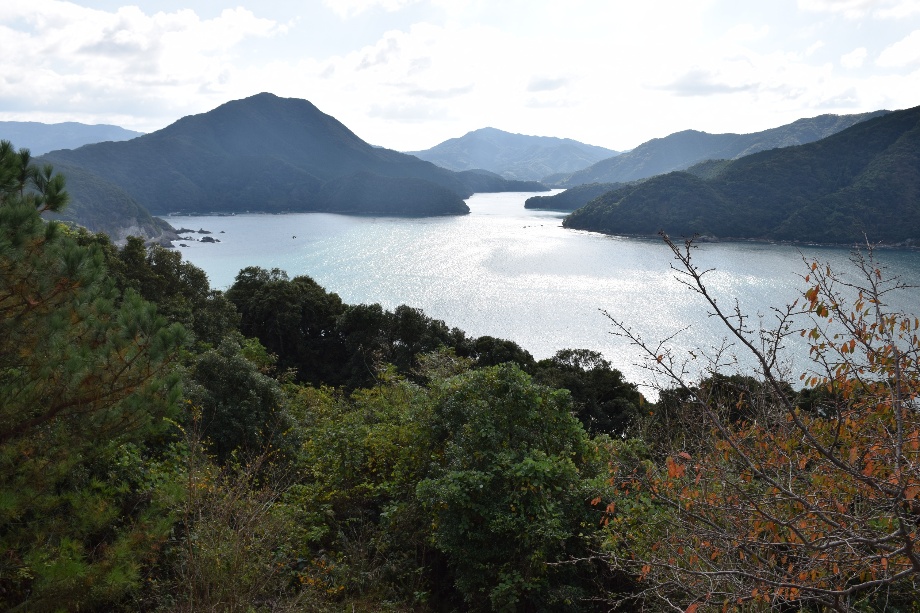
| Pages | ||
|
Shimoshima A landscape of many islands shaped by active volcanoes,heavy rainfall and a sub-tropical climate. This is Kyushu.
| |||
| Ferry and Amakusa | Shimoda Onzen Overnight | Oe Tehshuto Church | |
| Amakusa Rosario Kan | Saikitsu church and village | Nori cultivation | |
|
Many Christians around the world may sustain a distrust of Japan on account of its brutal suppression of Christians for hundreds of years. What is overlooked is the historical perspective. The Shoganate was aware of what had occurred in China and in Southeast Asia. First come the Jesuits and the missionaries. They are soon followed by Occidental merchants and officials, and then by Western military with their advanced machines of war. Before natives awaken to the danger the westerners have seized control. The degredation of Chinese culture by this succession was observed and not to be repeated in Japan. The most certain way of preventing it was by stamping out its seed, Western religion. | |||
|
Amakusa is a priority objective on account of our "Hidden Christian" quest but also that Itsuko may visit her nephew.
| ||
|
"5 Pairs of Shoes" is a series of travel essays written by Tekkan Yosano and his students Mokutaro Kinoshita, Kitahara Hakushu, Hirano Banri and Yoshii Isamu, which was published in 1907 in a Tokyo newspaper. Because all five authors later became famous poets, the essays aroused an interest in culture related to Southeast Asia and Christianity.
In 1907 the five poets traveled through northern Kyushu and later published 29 essays in the Tokyo newspaper Tokyo 26 Shimbun. The writers were not identified in the newspaper. On August 9, they travelled on foot for a distance of 32 km to Oe-mura, Amakusa, Kumamoto. They stayed at Takasagoya Inn. On August 10, they met French Catholic Father Frederic Louis Garnier (1860-1941), who preached Catholicism in Amakusa from the late Meiji period to the early Shōwa period. On August 29, they were invited to a party at a Japanese restaurant on Lake Ezu, Kumamoto and enjoyed a boat cruise. Several reporters attended the party. The essays contain the entirety of an otemoyan that was sung by a girl. | ||
|
This museum documented history and artifacts of the "hidden Christians" of Nagasaki. I took no pictures of these exhibits, only hasty notes for later look-up. The building contained a room of Japanese toys and dolls, which I photographed in its entirety.
"fumi-e" (fumi "stepping-on" + e "picture") was a likeness of Jesus or Mary onto which the religious authorities of the Tokugawa shogunate of Japan required suspected Christians (Kirishitan) to step, in order to demonstrate that they were not members of the outlawed religion, otherwise they would be tortured or killed. Between 1606 and 1613 pipe organs (of bamboo!) were made in Japan under the guidance of an Italian priest. In 1605 the Jesuits printed the Cantus Gregorianus in Nagasaki. When Christianity became forbidden after the defeat of the Shimabara uprising in 1638, some Christians in remote villages and islands in the south of Japan continued to practice their religion in secret. They were called kakure kirishitan or ‘hidden Christians’. The kakure kirishitan disguised their statues of Mary and Jesus as Buddhist images and had their gatherings in secret. The Jesuit priests, before leaving them, had warned them not to listen to false priests, they meant the (Dutch) Protestants and priests from other Catholic orders, so up to this day the kakure kirishitan still form a separate sect, not joining any of the regular Christian denominations that are allowed since then. And they are still fairly secretive. "Orasho" The kakure kirishitan’s prayers are called orasho, from the Latin oratio (prayer), which the Jesuits taught them in the 16th century. But since they have been handed down only orally through the generations, they have become completely unrecognisable, made up of non-sense syllables with an occasional Maria, Deus or Sanctus. Some of these orasho are sung, as they were in the 16th century. On Ikitsuki island, which is next to Hirado island, where the Portuguese had their first trading post and where Xavier himself has preached, some 29 orasho are preserved, of which three have melodies connected to them. One of these melodies has been traced back to an O Gloriosa Domina found in a Spanish publication of 1553. In Ikitsuki the tradition was that only in the 46 days preceding Easter the orasho could be taught to the new believers. To avoid being caught by the authorities, the kakure kirishitan went up into the mountains and hid under a blanket to muffle the sound of their voices reciting the old texts. Of course, fish and sake were an important part of these gatherings, so perhaps alcohol as well as time has changed some of the Latin words. | ||
|
Saikitsu contains one of the old churches. But our eyes were taken by the site the scenery.
Twelve sites in Nagasaki and the surrounding area, including churches, historical ruins and villages, were registered in June 2018 on the UNESCO World Heritage list as the Hidden Christian Sites in the Nagasaki Region. Of the 12 sites, Sakitsu, a fishing village in Amakusa, is the only one located in Kumamoto Prefecture. | ||
|
Arriving at the coast as dusk approached, we came upon this sight. Cameras came out and clicked away.
| ||







































































